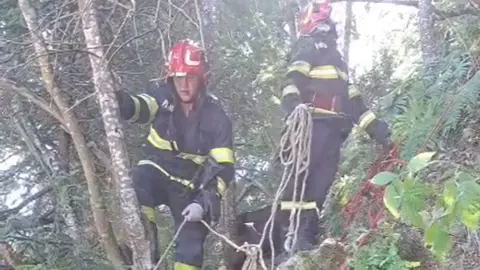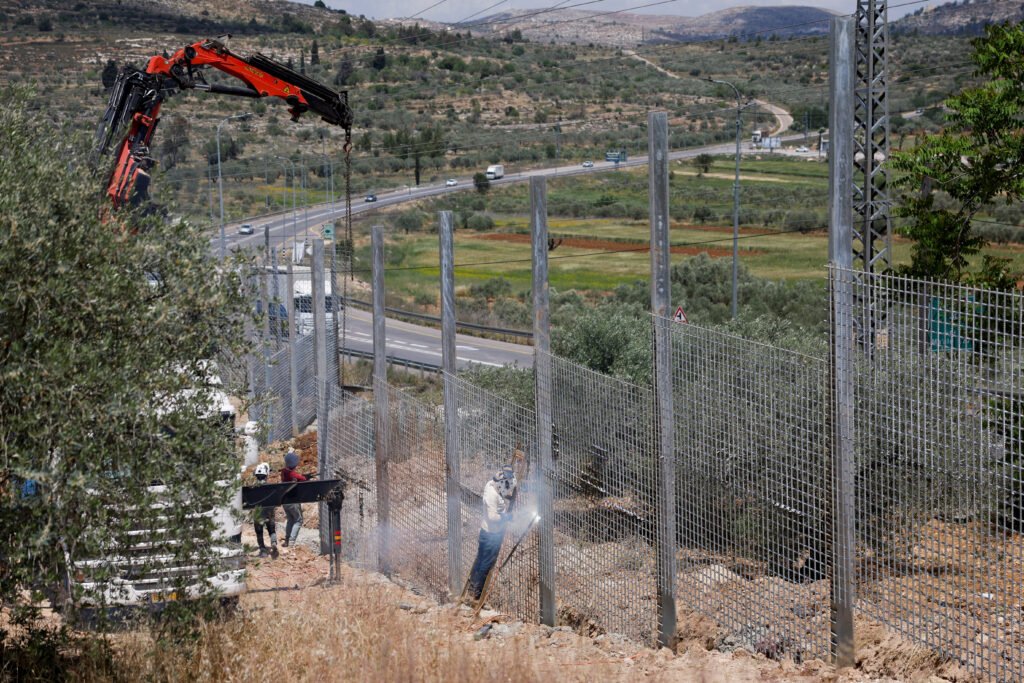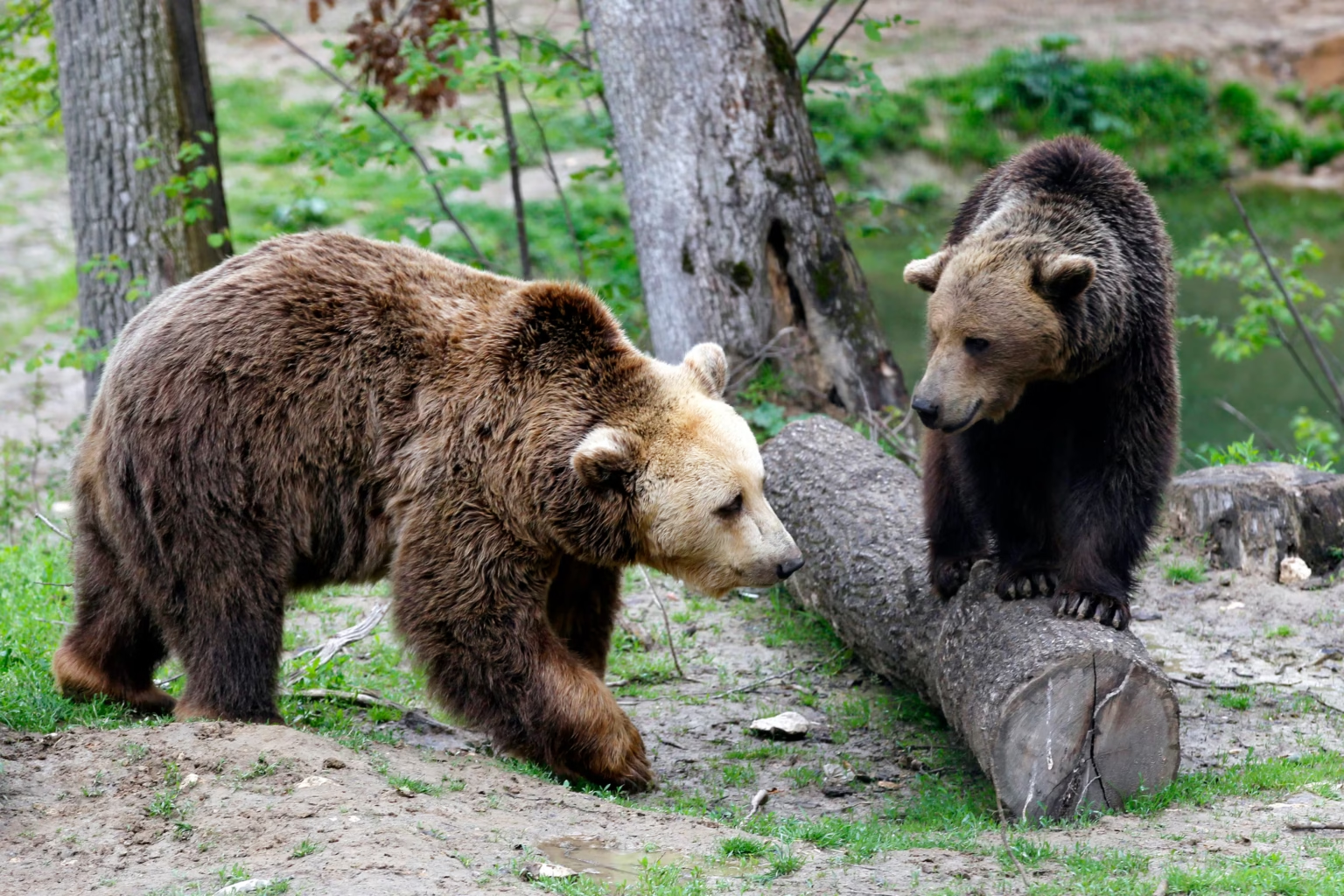Bear Kills Motorcyclist: Shocking Romanian Mountain Attack Sparks National Outcry

Bear kills motorcyclist in Romania’s scenic Southern Carpathians, reigniting national debate over wildlife management and public safety. The tragic incident occurred Tuesday morning, when a brown bear attacked a man along the Transfagarasan road and dragged him down an 80-metre ravine.
How the Bear Killed the Motorcyclist: A Fatal Encounter Unfolds
Authorities say the victim had stopped his motorcycle near a sign that explicitly warned visitors not to feed bears. Despite wearing a helmet and full protective gear, the man was mauled to death. The bear dragged him approximately 80 meters (262 feet) into a ravine before rescuers arrived.
“Unfortunately, he was already dead when we arrived,” confirmed Ion Sanduloiu, head of the Arges County Mountain Rescue Service. “The injuries were extremely severe. Even though he was properly equipped, it wasn’t enough.”
Romania’s Brown Bear Dilemma: After Bear Kills Motorcyclist, Calls for Reform Intensify
Romania is home to the largest brown bear population in the European Union. Recent genetic studies by the environment ministry estimate Romania’s bear population at 10,400 to 12,800—far above the 4,000 considered sustainable by the former environment minister.

As bear-human interactions rise, so do safety concerns. Several fatal incidents in recent years have prompted growing calls for improved prevention strategies, population monitoring, and local authority empowerment.
Transfagarasan: A Danger Zone for Wildlife Encounters
The Transfagarasan highway, often hailed as one of the most beautiful roads in Europe, has become a hotspot for dangerous bear encounters. Tourists frequently stop to photograph or feed bears, often ignoring safety signs.
Sanduloiu stressed the need for immediate deterrents. I believe the solution is simple: impose higher fines and even prison sentences on people who feed bears.
Calls for Coexistence — Not Culling
While some government officials advocate for simplifying euthanasia laws for bears entering residential zones, conservationists argue the real issue lies in mismanagement, not overpopulation.
Gabriel Paun, founder of the environmental NGO Agent Green, blames systemic failure for the recent tragedy. “This is the result of multiple failures: irresponsible tourist behavior, inadequate local deterrents, and poor national implementation of wildlife coexistence plans,” he said.
Paun also highlighted climate change, deforestation, and persecution as existential threats to Romania’s bear population, warning against scapegoating wildlife. “Romania is becoming a key destination for international trophy hunters — that’s the real threat.”
Risk Zones and the Way Forward
To address the growing number of conflicts, the Romanian Environment Ministry has proposed introducing risk zone maps to better manage bear populations. These would help authorities balance conservation with public safety by identifying high-conflict areas for targeted action.

Former environment minister Mircea Fechet has called for legislative changes that would streamline intervention protocols and give local authorities the power to act swiftly in dangerous situations. Critics argue, however, that without adequate funding and education, these reforms may fall short.
Preventable Tragedies?
This latest incident underscores the urgency of both public education and policy reform. As Romania continues to grapple with its iconic — and increasingly endangered — bear population, one thing is clear: a sustainable, humane, and enforceable strategy is desperately needed.




